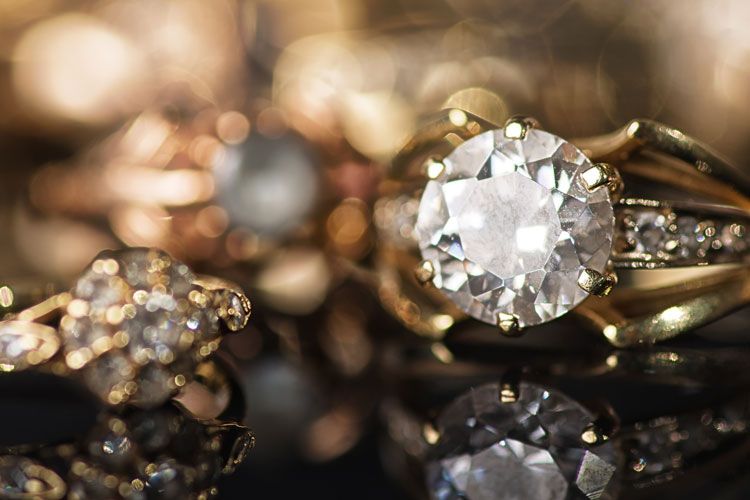Task: Gather Up Your Valuable Assets
You spent your life, and perhaps lots of money, obtaining different objects of value, so what’s your plan when it’s time for them to change hands?

It could be an antique dresser, an expensive entertainment system, or handbags equal to the value of a car. This isn’t about personal heirlooms that only have sentimental value — that’s a separate task — this is all about high ticket items. Of course if an heirloom has great value it should be included among your assets, but ask yourself the following questions while listing out your valuables:
- What is it? Is it an expensive piece of jewelry, mint baseball card collection, or a rare first edition of a classic book? If so, you definitely don’t want these things to accidentally end up in a donation bin.
- Where is it? This could be another easy answer. You don’t have to provide the exact longitude and latitude, but don’t turn it into a scavenger hunt either. “In a box in my closet” or “locked in a home safe” will suffice (just make sure the eventual owner of the item has access).
- How much value do you think it has? Ideally, if it’s that valuable you might have had the item insured with a “floater” policy, which is for expensive things, like wedding rings, that are easy to lose or have stolen. If you don’t have any coverage, you most likely have a receipt or bill of sale somewhere on file. If it was a gift or inheritance, Google the item and get an approximation of value.
Your Task
Once you have a clear picture of all these types of assets, here’s what to do:
- List out the items: You can start by doing it on paper or in a digital document; you’ll want to have that list handy for when you create your Will (something we cover in a series of separate tasks).
- Gather up any related paperwork or proof: Make sure all documentation — like receipts, certificates, or insurance policies — are kept in the same place.
- Snap away: Take digital pictures of the items and any related documents and keep those photos somewhere safe and accessible for your family.
When an estate is being settled it’s easy for something of great value to disappear into a void, or end up in the wrong hands. For example, it’s common for expensive jewelry to become a major point of contention among family members after someone passes with no clear beneficiary. By properly accounting for all of the things of value, and saying who should get them, you’re eliminating problems from even happening.
<< Previous Task | Next Task >>
- Task: Get Your Passwords OrganizedThe typical person has an average of over 200 different online accounts,...Read more
- Digital Cheat Sheet: How To Create A Digital...What happens to your digital property after you die? Great question! Here's...Read more
- Task: Grant Access To Your DevicesIn case of an emergency, how could someone you trust access your phone?Read more
- Task: Clean Up Your Phone ContactsWe’re all familiar with naming an emergency contact if something happens,...Read more



